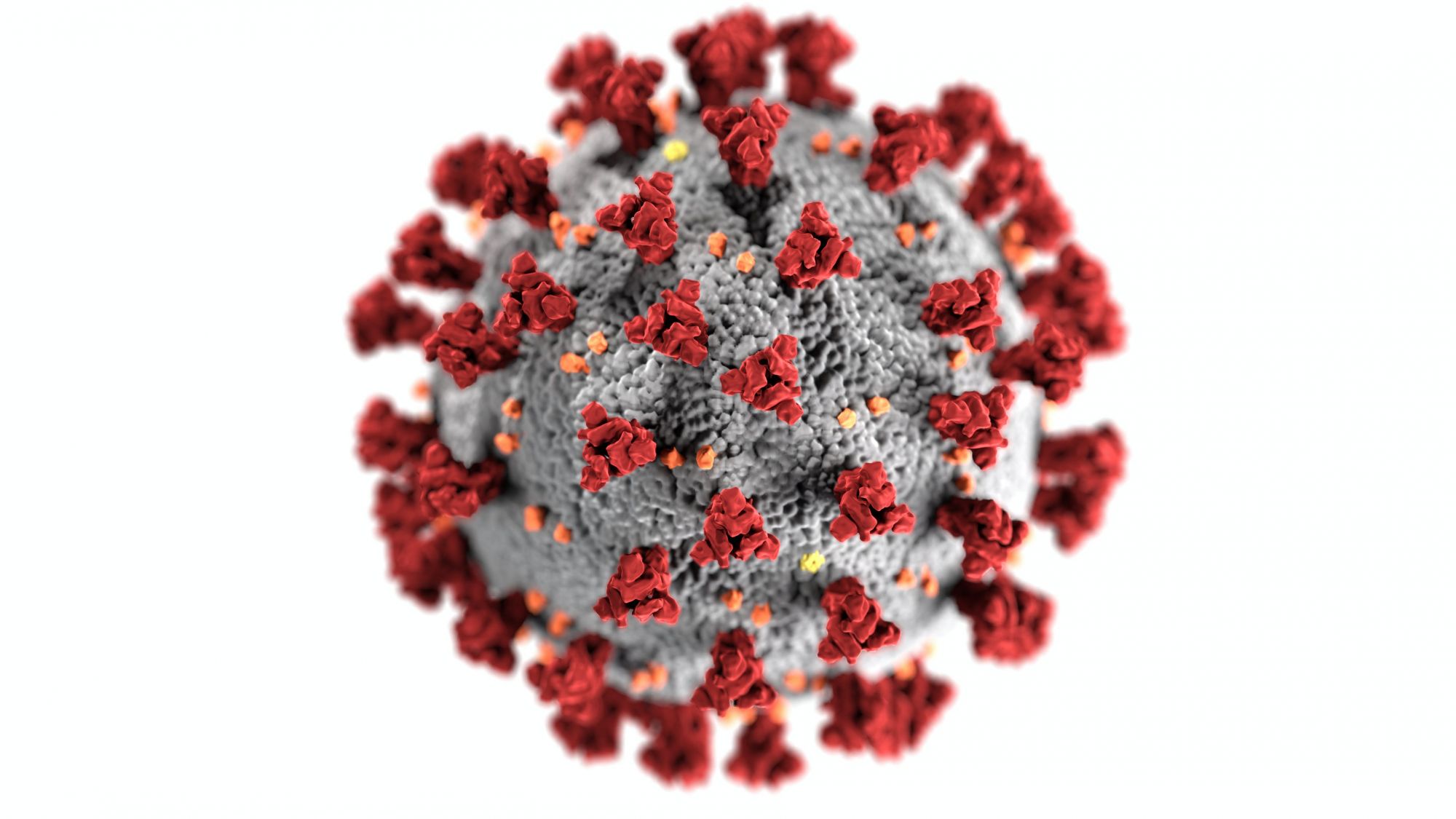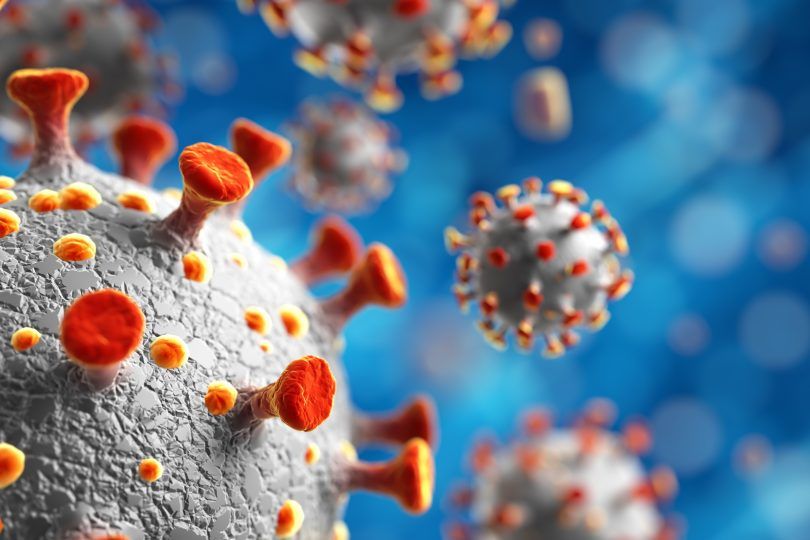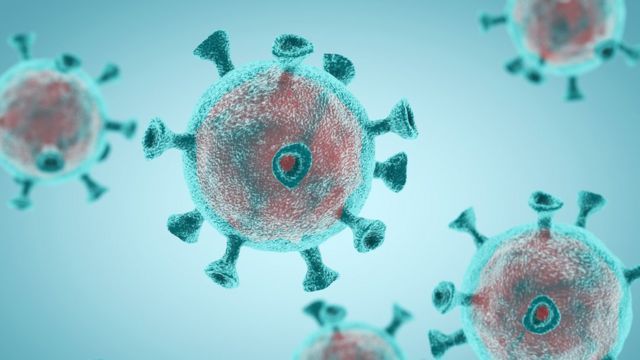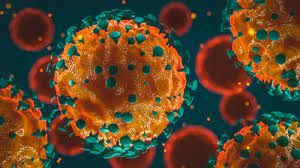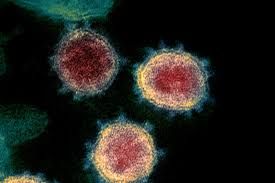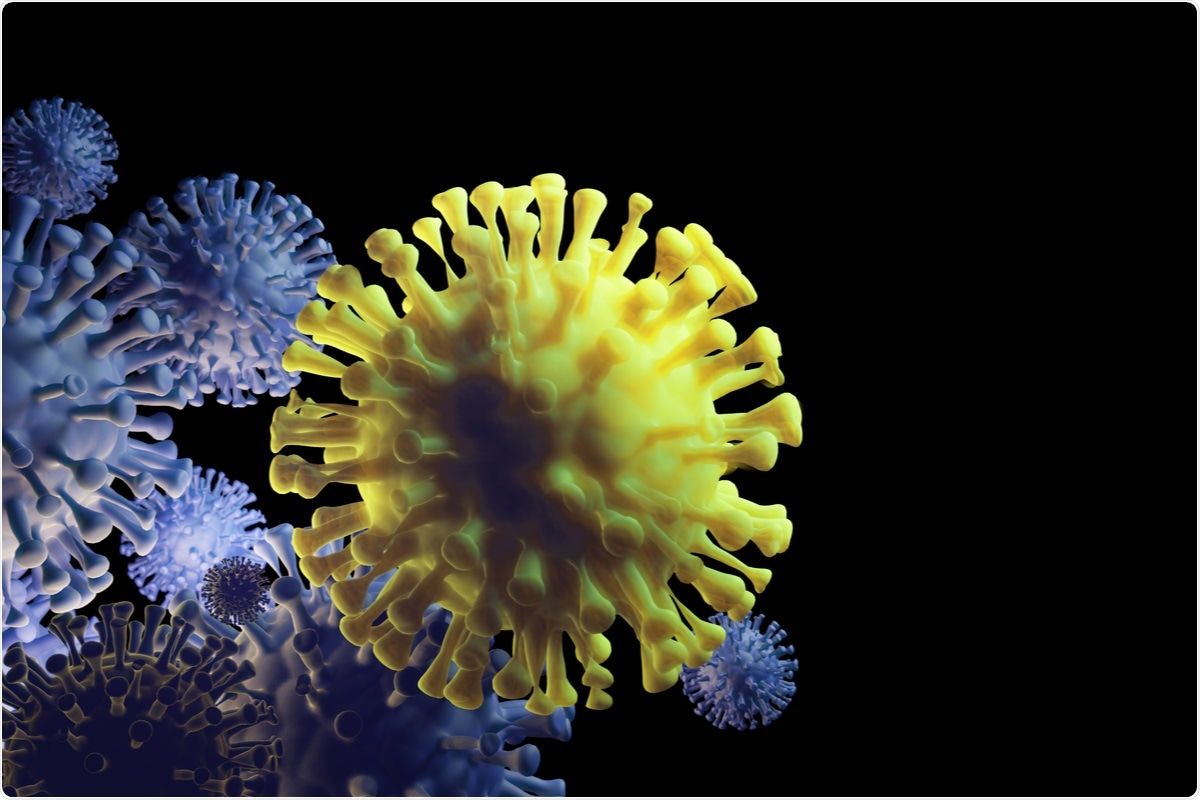SARS-CoV-2, the virus that causes COVID-19, has mutated to strains more infectious and deadlier than others
The World Health Organisation is closely monitoring new strains of the SARS-CoV-2. Among them, four have been put under the Variants Of Concern (VOC) category and another four have been placed under the Variants Of Interest (VOI), while three are for further monitoring.
Variants are expected from viruses including SARS-CoV-2. While most changes have little to no impact on the virus' properties, some of them are closely being watched as they could affect the virus' transmission rate, the severity of the disease, performance of the vaccines and therapeutic medicines, and social measures.
To further assess these mutations, the WHO has convened a group of scientists from the WHO Virus Evolution Working Group and representatives from the GISAID Initiative who can classify and put labels on the variants.
More from Tatler: COVID-19 Delta Variant: What Is It, Dangers, And How To Avoid
Variants Of Concern (VOC)
A SARS-CoV-2 variant that falls under or is associated with one or more of the following changes is classified under VOC:
- Increase in transmissibility or detrimental change in COVID-19 epidemiology.
- Increase in virulence or change in clinical disease presentation.
- Decrease in the effectiveness of public health and social measures or available diagnostics, vaccines, therapeutics.
Variants under this classification are Alpha, Beta, Gamma, and Delta.

Variants Of Interest (VOI)
A SARS-CoV-2 falls under VOI if it has:
- Genetic changes that are predicted or known to affect virus characteristics such as transmissibility, disease severity, immune escape, diagnostic or therapeutic escape OR
- Identified to cause significant community transmission or multiple COVID-19 clusters, in multiple countries with increasing relative prevalence alongside an increasing number of cases over time, or other apparent epidemiological impacts to suggest an emerging risk to global public health.
Strains under this classification are Eta, Iota, Kappa, and Lambda.
Related: Opinion: Are We Ready To Go Back To 'Normal Life'?
Know more about the four VOCs and four VOIs below:

